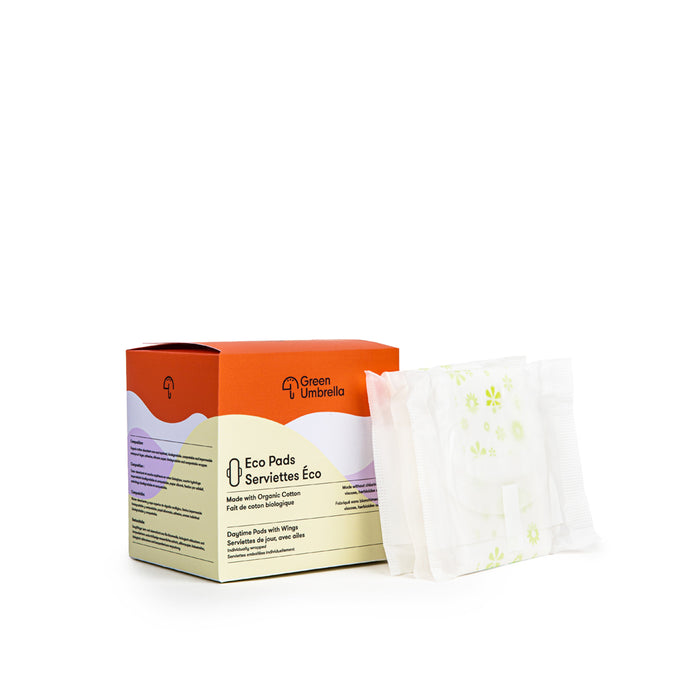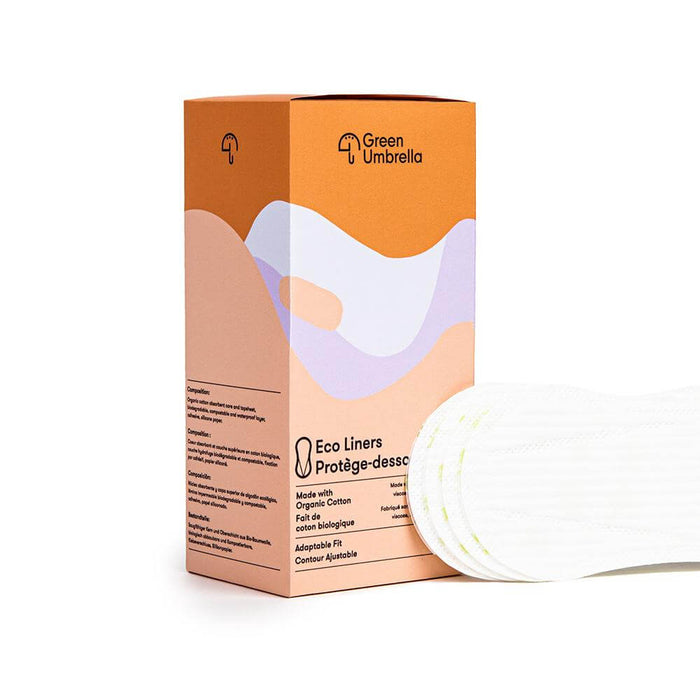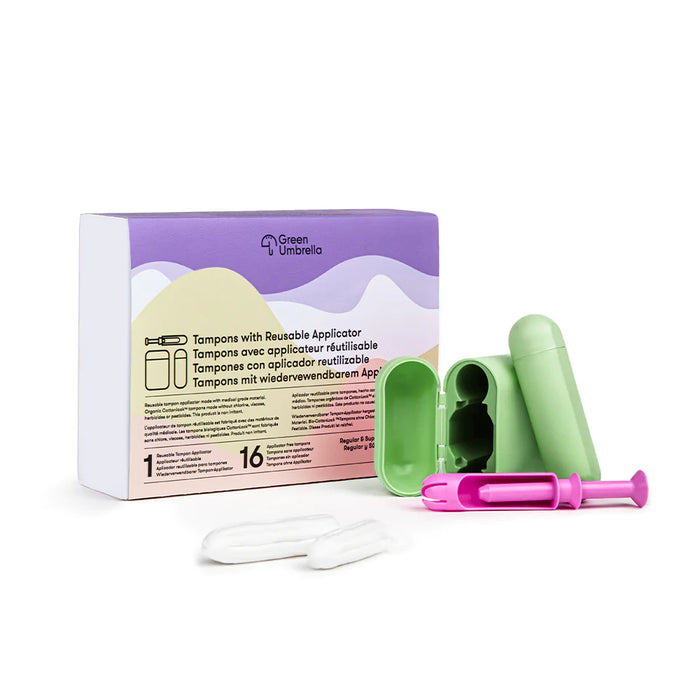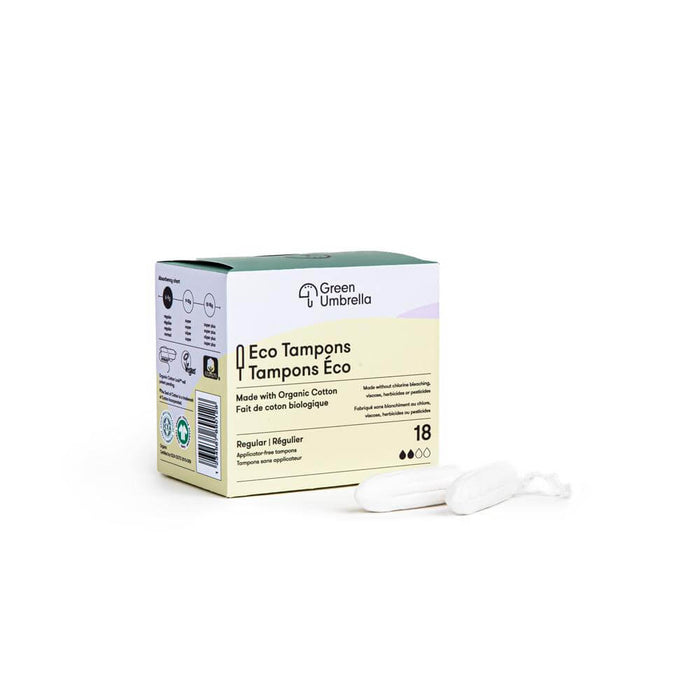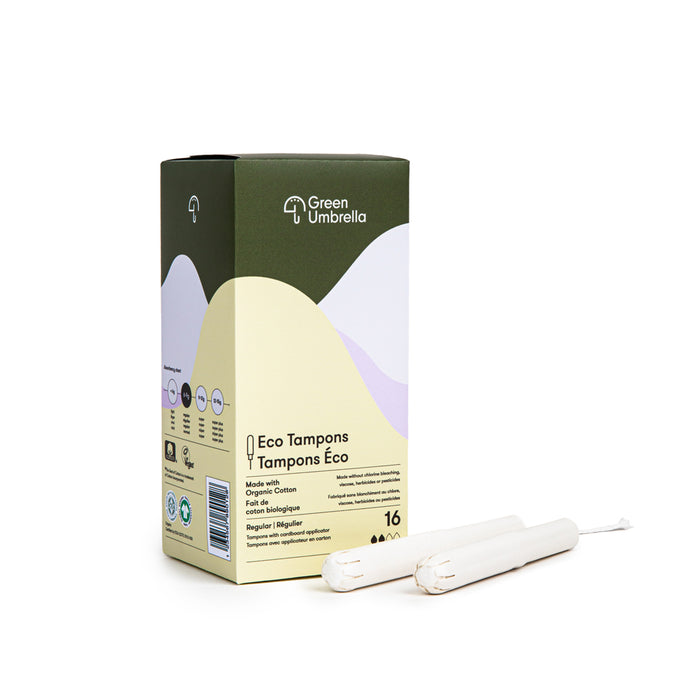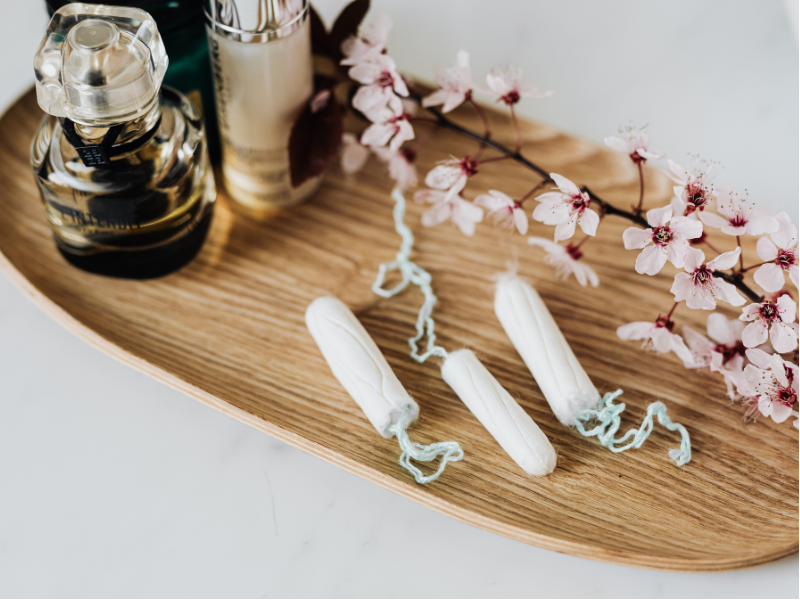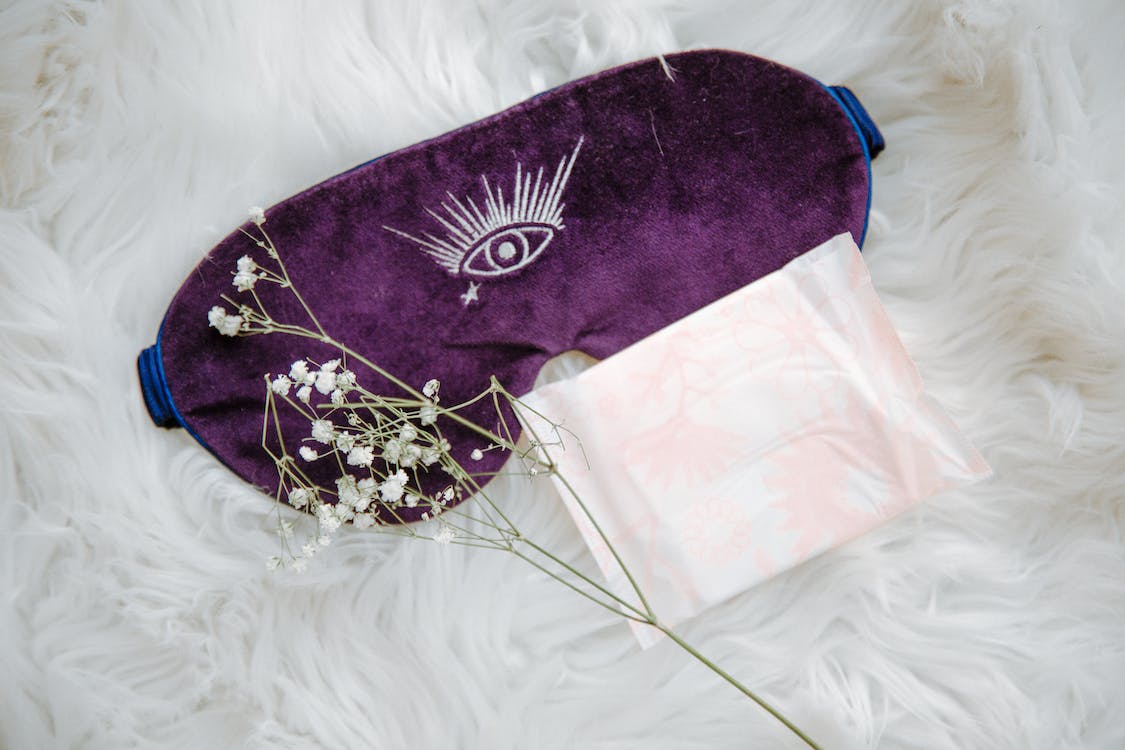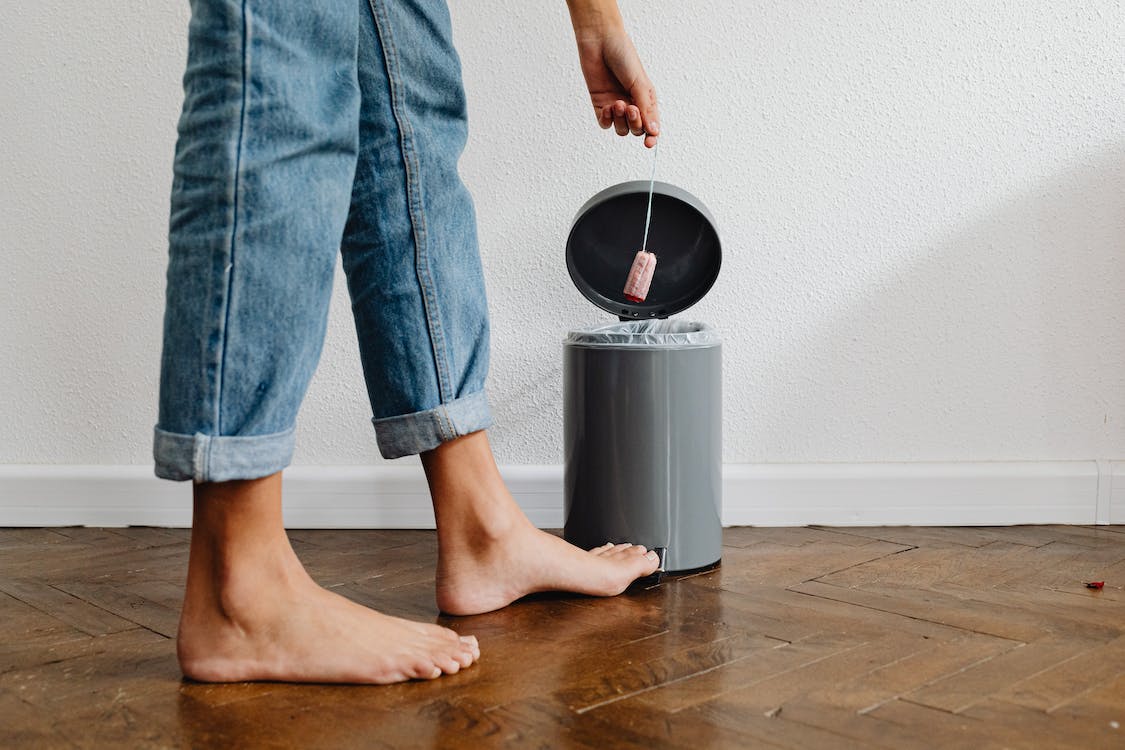What are reusable tampon applicators?
Reusable tampon applicators are made from durable materials such as medical-grade silicone or hard plastics that can be washed and reused. Unlike traditional tampon applicators, which are usually made from plastic and are designed for single use, reusable tampon applicators can be used for multiple cycles. They are designed to be compatible with most tampon brands and sizes.Why switch to reusable tampon applicators?
The environmental impact of single-use tampon applicators is staggering. According to a report by the Women’s Environmental Network, 1.5 billion menstrual products are flushed down toilets each year in the UK alone, and the vast majority of these products end up in landfills or waterways. Tampon applicators are a significant contributor to this problem. In North America, it is estimated that 20 billion tampons, pads, and applicators end up in landfills every year.Reusable tampon applicators offer a sustainable solution to this problem. By using a reusable applicator, you can significantly reduce the amount of plastic waste you produce. Reusable tampon applicators also save you money in the long run, as you won't need to keep buying new applicators each month.
How to use reusable tampon applicators?
Reusable tampon applicators are designed to be easy to use. To use a reusable tampon applicator, simply insert the tampon as you normally would, and then rinse the applicator with warm water and soap. The applicator can be used again during your next cycle after cleaning.Cleaning and maintenance
It is important to keep your reusable tampon applicator clean to prevent the growth of bacteria. Most reusable tampon applicators can be easily cleaned with warm water and soap. Make sure to follow the manufacturer's instructions for cleaning and storing your applicator to ensure its longevity.Choosing the right reusable tampon applicator
When choosing a reusable tampon applicator, it is important to consider the materials used in its construction. Medical-grade silicone is a popular material for reusable applicators, as it is soft and flexible, making it easy to insert and comfortable to use. Hard plastic applicators are also available, and they are often more durable than silicone applicators.You should also consider the size and shape of the applicator to ensure a comfortable and secure fit. Some reusable tampon applicators come in multiple sizes, so you can choose the one that works best for your body.
Conclusion
Reusable tampon applicators offer a sustainable and eco-friendly alternative to traditional single-use plastic applicators. By making the switch to a reusable applicator, you can significantly reduce the amount of plastic waste you produce and save money in the long run. With a little bit of care and maintenance, a reusable tampon applicator can last for years, making it a smart investment in your health and the environment. As more people become aware of the impact of plastic waste on our planet, it is likely that reusable tampon applicators will continue to grow in popularity, paving the way for a greener future.
Find out more! Check out our other articles:
- Sustainable Solutions: How Natural Pads are Paving the Way for a Greener Future
- Embracing Convenience and Comfort: organic cotton Applicator-Free Tampons


